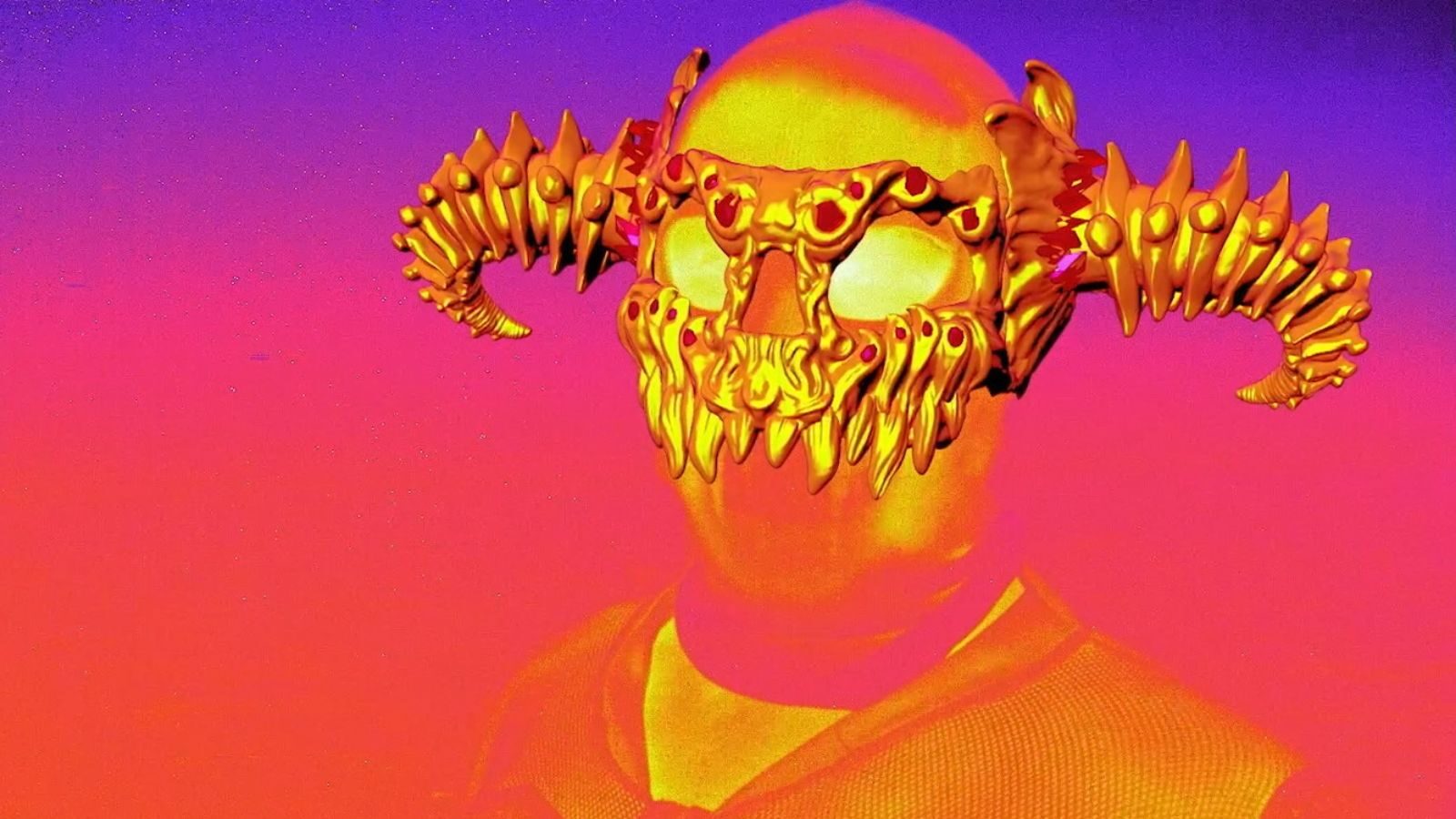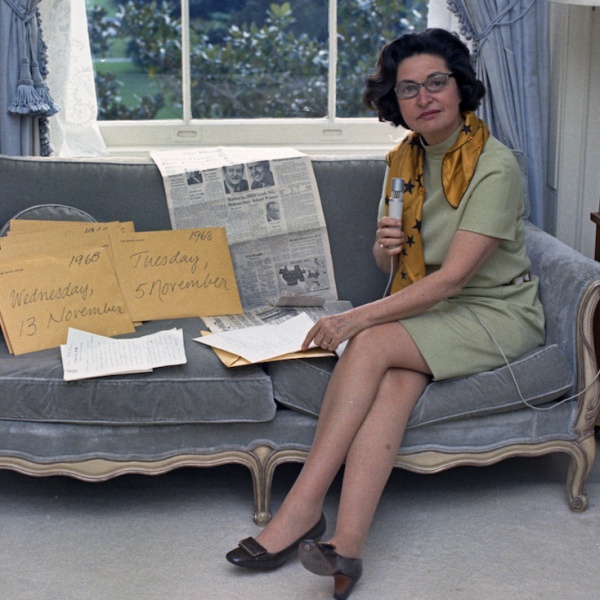Harmony Korine has been openly bored with movies as we know them since the first time that he directed one. Real ’90s kids remember when he went on “Late Show with David Letterman” to promote “Gummo,” and insisted to the befuddled host that “things need to change. We can make films differently.” Korine may not have been wrong on either score back in 1997, but he’s a hell of a lot more right today. We live in a time when Hollywood offerings have become more stale than ever, and traditional cinema is beset on all sides by new technologies, novel coronaviruses, and — in Korine’s case — even some of the same artists who’ve helped to push the medium forward over the last several decades.
And, in theory, there’s nothing wrong with that. The movies wouldn’t exist if not for the 19th century visionaries who recognized that photography was but the latest development along a continuum of artistic creation, as opposed to the end of the line. And in that light, it’s fitting that cinema itself should offer the clearest proof we have that giving birth to a new form never comes easy or all at once; invention is a series of prototypes and proofs-of-concept as constant as the passage of still images through a film projector.
Sometimes those prototypes arrive semi-formed and immediately ready for mass consumption. I may not love the CGI aesthetic or appreciate how “Toy Story” changed the face of mainstream animation, but its success is undeniable.
And sometimes those prototypes arrive with all the commerciality of penis cancer, look like the ugliest fucking Playstation 1 game you’ve ever seen — or have been forced to watch someone else play — in your entire life, and are so excruciating to sit through that a part of you wants to go back in time and show it to Étienne-Jules Marey in the hopes that he might be compelled to shoot himself in the head with his chronophotographic gun, thus impeding the invention of the tools used to create them.
And that’s OK! In some instances, it might even be the intended reaction (all the better to jostle people out of their conditioned expectations). I may not love the infrared photography that Korine used to film “Aggro Dr1ft” or share in his feeling that today’s movies are frequently less exciting than what you can find on social media (I can’t help but wonder how he feels about his role in the rise of A24 and the “Spring Breakification” of today’s independent film ecosystem), but I certainly don’t begrudge the guy who made “Trash Humpers” from seizing on the chance he’s been waiting for his entire life — the chance to create large-scale visual projects that can explore the possibilities of narrative video art with the resources of a feature and the freedom of a TikTok.
It’s a good thing I feel that way, too, because Korine has just started a multidisciplinary media company called EDGLRD to do exactly that, and — full disclosure! — he just hired my friend and former IndieWire colleague Eric Kohn to help him run it. Their next project is an interactive thriller called “Baby Invasion,” which is what the second thing produced by a company named EDGLRD should be called. These are the people I trust to explore the new frontiers of visual art, because the fearlessness with which they’ll explore the unknown is only matched by their faith in the search itself.
I was bored or exasperated by almost every minute of “Aggro Dr1ft,” but there are only 80 of them, and not a single second of this AI-inflected nightmare experiment feels insincere. For all of its tedium, it couldn’t be further removed from the artless garbage that tech bros pay to promote on Twitter because generative language platforms make them feel like the creatives they’ve always resented. “The old world is no more,” the film’s protagonist whispers to us as part of a running voiceover that makes sense of Korine’s recent association with Terrence Malick, “but there is still magic left.” And this — what Korine describes as “a bridge into ‘Gamecore’” — might just be the first step towards conjuring it.
In the meantime, “Aggro Dr1ft” ironically makes the movies as we’ve known them seem far too precious to lose. A sensory experience first and a narrative experience second, Korine’s film nevertheless tells the story of a legendary Miami hitman named BO (Jordi Mollà) who’s dispatched to assassinate some Lord Humongous-type dude who lives in a big house surrounded by little henchmen with devil faces who spend all day watching him walk around shirtless and loudly hump the air.
For his part, BO would just rather stay home with his two young kids and let his wife twerk for him, which she apparently does at all times as if suffering from a compulsive syndrome of some kind (roughly ⅛ of this movie is devoted to shots of her butt bouncing up and down, which is a rookie stat when compared to the likes of “Mektoub, My Love: Intermezzo,” but is impressive all the same). “I was born to hell,” he laments in reference to the criminal underworld and/or Florida, but he’s too much of a killer to tame the giant, AI-generated fire demon that spreads its wings behind him whenever he executes a target. Eventually he rebels against his clients, pays a visit to a fork-tongued protégé named Zion (Travis Scott), and tries to tie up any other loose ends before moving on with his life. “There is magic in this brutality,” BO insists. “I am mesmerized by it.” That makes one of us.
There isn’t much more to it than that, but the plot here is only a means to an end. “Aggro Dr1ft” moves at the speed of a thorazine drip so that Korine can focus your attention on the nature of its psychedelic design. That focus begins, of course, with the infrared cinematography, which introduces us to a garish world full of red oceans and yellow skies — a world that somehow looks more like Florida than Florida does in real-life. And I’m only partially joking, as Korine’s aesthetic speaks to a broader attempt to pierce the surface of a thing in order to reveal its soul; to create a way of seeing that looks like hearing. A kind of emotional echolocation.
The thermal imagery responds to heat signatures in a way that shows us more (and less) than a traditional camera ever could, and makes it impossible for anyone to hide from the lens. It also turns every character’s skin into a canvas for Korine to draw on, or see through; BO’s hitman friends have AI-generated networks of wires and machinery running through their veins, while his wife is covered with a kaleidoscopic array of calaveras that appear or vanish depending on her distance from the camera or the beat of AraabMuzik’s throbbing synth score.
Over time, the primitive nature of the film’s plot (and its attendant dialogue, which is never more expressive than “fuck you, fucker”), begins to feel like a commentary on the antiquated frameworks that Korine is hoping to move beyond, as “Aggro Dr1ft” — which even sounds like a Playstation 1 game — tries to pierce the veil that prevents us from seeing a more dynamic future. “Follow the light,” BO repeats to himself like a mantra. “All I want is love. Love and light.” At the end of the day, cinema has never needed anything else to survive.
Grade: C
“Aggro Dr1ft” premiered at the 2023 Venice Film Festival. It is currently seeking U.S. distribution.





